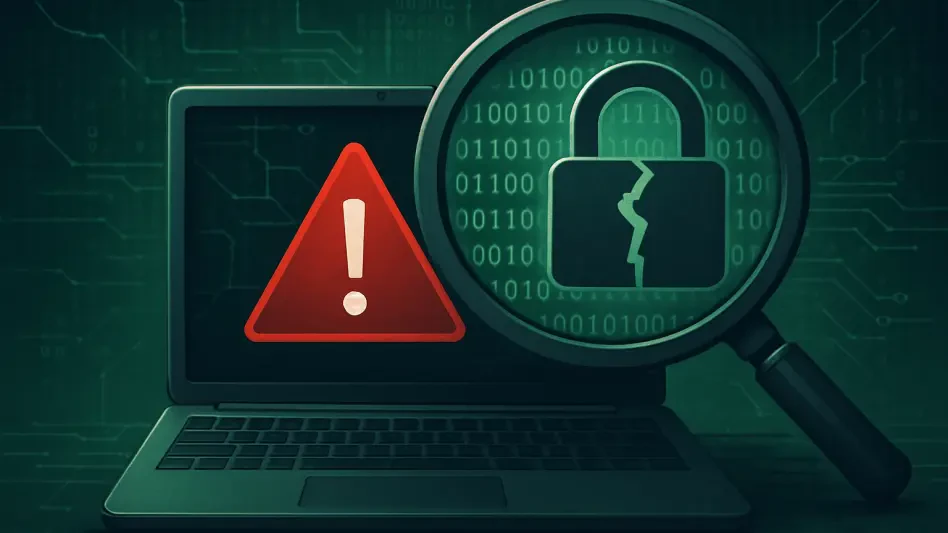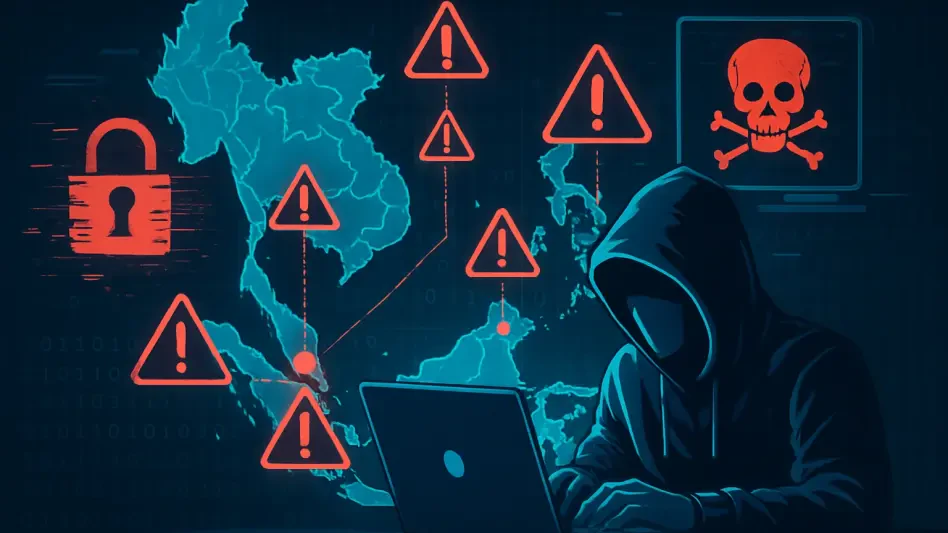The cybersecurity landscape is rapidly evolving, and by 2025, Managed Service Providers (MSPs) will need to adapt to several key changes to ensure their continued success. Cyber threats are becoming more sophisticated, and businesses are increasingly reliant on technology, making robust cybersecurity measures indispensable. As the threat landscape grows, so does the complexity of managing and securing IT environments, pushing MSPs to evolve their strategies and technologies to stay ahead. This article explores the essential strategies MSPs must adopt to thrive in the cybersecurity landscape of 2025.
Embracing Advanced Security Services
One core approach that MSPs will need to adopt by 2025 is embracing advanced security services to remain competitive in the market. As cyber threats become more complex, harnessing advanced threat detection techniques such as automation and artificial intelligence (AI) will be pivotal for MSPs. Investing in cutting-edge security solutions can give MSPs a significant edge, ensuring they stay ahead of the curve and provide their clients with the highest level of protection. However, while the opportunity for growth is substantial, MSPs will also face challenges, such as maintaining healthy profit margins and acquiring and retaining skilled cybersecurity talent.
The uptick in demand for advanced security services is largely driven by the increasing sophistication of cyber threats. Cybercriminals are continuously evolving their tactics, seeking to exploit vulnerabilities in both technology and human behavior. Consequently, MSPs must continuously enhance their technical capabilities to detect and mitigate these threats effectively. This entails investing in advanced threat detection technologies like machine learning and behavioral analytics, which can provide deeper insights and more precise threat identification. Nevertheless, achieving this level of expertise requires significant investment in both technology and human resources, presenting a formidable challenge for many MSPs.
Strategic Vendor Partnerships
Forming strategic vendor partnerships will be crucial for MSPs looking to thrive in the 2025 cybersecurity landscape. Many MSPs, especially small to mid-sized ones, may find it financially infeasible to develop and maintain high-level security services internally. Therefore, partnering with vendors who specialize in advanced security solutions can provide a practical and scalable approach to delivering comprehensive security services. This collaborative strategy enables MSPs to offer sophisticated services like managed extended detection and response (XDR) and a 24/7 security operations center (SOC), without the significant costs and resource requirements associated with developing these capabilities in-house.
Additionally, regulatory compliance is becoming increasingly significant in the cybersecurity arena. Businesses must not only protect their data from breaches but also ensure they meet stringent regulations and standards. This requirement adds another layer of complexity, as MSPs must provide consistent documentation and reporting to prove compliance. By partnering with specialized vendors, MSPs can leverage their expertise to meet these regulatory demands more efficiently. These partnerships can also facilitate better resource allocation, allowing MSPs to focus on their core competencies while ensuring that their clients receive the highest level of protection and compliance support.
Navigating Hybrid and Multicloud Environments
The expansion of hybrid and multicloud environments presents both opportunities and challenges for MSPs. As businesses increasingly adopt these complex environments to enhance their flexibility and scalability, MSPs are prompted to tailor their security offerings to meet the unique demands of these architectures. Effective security in hybrid and multicloud environments necessitates the use of advanced security tools that can provide comprehensive protection across diverse platforms. This includes ensuring safe user access, robust data protection, and seamless integration of security policies across on-premises, private cloud, and public cloud systems.
Moreover, MSPs play a critical role in educating their clients about the limitations and risks associated with cloud-based security and data backup. Many businesses may have a false sense of security, assuming that their cloud provider inherently covers all aspects of cybersecurity. However, cloud providers typically operate under a shared responsibility model, where security measures are divided between the provider and the client. MSPs must help their clients understand this model and implement the necessary security controls to protect their data and systems effectively. This education process is essential for ensuring that clients are fully aware of their responsibilities and the measures they need to take to safeguard their IT environments.
Concluding Thoughts
The landscape of cybersecurity is changing rapidly, and by 2025, Managed Service Providers (MSPs) will need to adapt to key shifts to remain successful. Cyber threats are becoming increasingly sophisticated, with businesses ever more reliant on technology, making robust cybersecurity essential. As the threat landscape expands, managing and securing IT environments will become more complex, requiring MSPs to evolve their strategies and technologies to stay competitive. MSPs will need to focus on critical areas, such as enhancing incident response capabilities, investing in state-of-the-art security tools, adopting zero-trust architectures, and providing continuous employee training on security protocols. Embracing automation and artificial intelligence to predict and respond to threats proactively will also be crucial. Additionally, MSPs must prioritize the protection of cloud services and remote work setups as they become more prevalent. This article delves into the essential strategies that MSPs must implement to excel in the cybersecurity environment of 2025.







